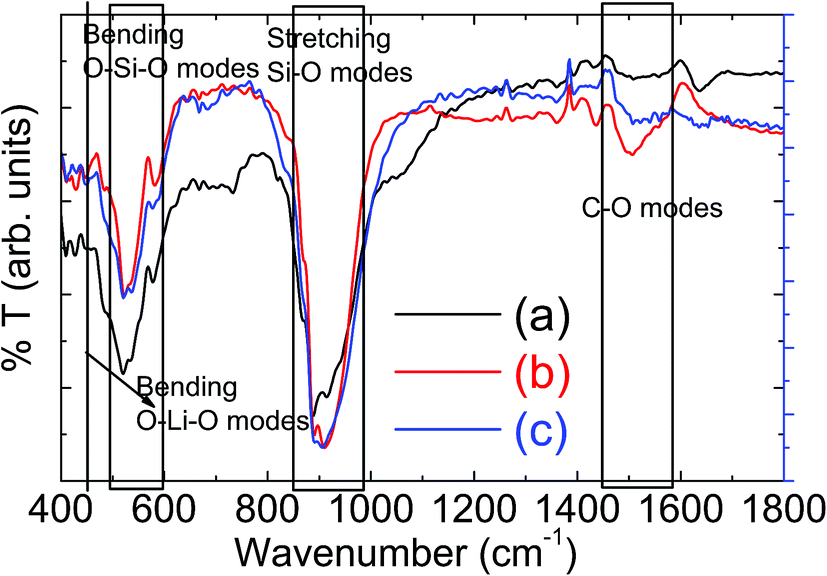

As observed for a number of other Bi pyrochlores, including Bi 2Ru 2O 7-d ( Avdeev et al., 2002), this structure is characterised by static disorder of the bismuth cations, an effect that is enhanced by the 6s ( Conversi, 1985) lone pair electrons. have reported the synthesis and crystal structure of the bismuth technetium pyrochlore Bi 2Tc 2O 7-d d ∼ 0.14 ( Rodriguez et al., 2008). The extraordinary magnetic properties of SrTcO 3 and CaTcO 3 have ignited interest in Tc oxides. Theoretical studies of the lanthanoid technetate pyrochlores have also been reported ( Weck et al., 2010). Over the ensuring decades a small number of experimental studies have appeared including our studies of some Tc perovskites ( Avdeev et al., 2011 Rodriguez et al., 2011 Thorogood et al., 2011a Mravlje et al., 2012 Reynolds et al., 2017a), TcO 2 ( Rodriguez et al., 2007 Reynolds et al., 2017b Childs et al., 2018), inverse spinel ( Thorogood et al., 2011b) and ATcO 4 scheelites ( Kennedy et al., 2019) together with the study of some Bi-Tc oxides by Rodriguez and co-workers ( Rodriguez et al., 2008) and lanthanoid pyrochlores by Hartman et al. Indeed, the work by Muller, White and Roy ( Muller et al., 1964) in 1964 remains one of the most comprehensive reported studies in this area. In comparison to the extensive literature on the nuclear medical applications of soluble technetium species, there is a dearth of information on the solid-state chemistry of Tc. Other isotopes of Tc are also of considerable importance, for example 99mTc is the most commonly employed isotope in nuclear medicine ( Jurisson et al., 1993) and 95mTc is used as a radioisotope tracer ( Conversi, 1985).

Due to its long half-life (t 1/2 = 2.1 × 10 5 y) and high mobility through geological formations, the migration of 99Tc is a significant challenge in nuclear waste management and it is a major contributor to the amount of radiation in the biosphere. Technetium-99 is a major fission product of uranium-235 and is found in radioactive waste from nuclear fuel and, in certain jurisdictions, from the production of plutonium. Technetium is unique amongst the transition metals in that no stable isotope exists. Raman spectroscopy confirms the presence of disorder leading us to conclude that this pyrochlore is the first example of a valence V technetium oxide. X-ray absorption spectroscopic measurements at the Tc K-edge demonstrate the valence of the Tc is greater than 4.0 as anticipated from the refined oxygen stoichiometry. Displacive disorder of the Pb cations is evident from the refinements, as has been observed in Bi 2Tc 2O 7-d. The oxide is found to be oxygen deficient with a stoichiometry of Pb 2Tc 2O 7-d. The structure of lead-technetium pyrochlore has been refined in space group F d 3 ¯ m with a = 10.36584(2) Å using a combination of synchrotron X-ray and neutron powder diffraction data and confirmed via Electron Diffraction. 6Department of Nuclear System Safety Engineering, Nagaoka University of Technology, Nagaoka, Japan.5Australian Synchrotron, Australian Nuclear Science and Technology Organisation, Clayton, VIC, Australia.4Nuclear Materials, Australian Nuclear Science and Technology Organisation, Kirrawee DC, NSW, Australia.3Australian Centre for Neutron Scattering, Australian Nuclear Science and Technology Organisation, Kirrawee DC, NSW, Australia.2Nuclear Fuel Cycle, Australian Nuclear Science and Technology Organisation, Kirrawee DC, NSW, Australia.1School of Chemistry, The University of Sydney, Sydney, NSW, Australia.Wallwork 5, Zhaoming Zhang 2, Hanliang Zhu 2 and Gordon J. Carter 2, Linda Losurdo 1, Matilde Saura-Muzquiz 1, Kevin J.


 0 kommentar(er)
0 kommentar(er)
